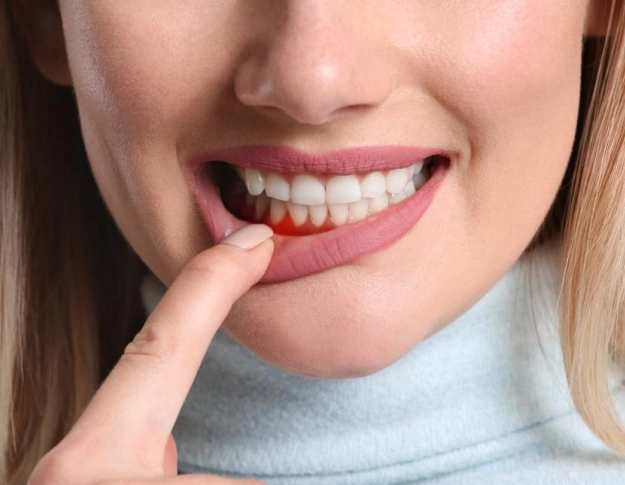
Restoring Healthy Gums with Scaling
In periodontal disease, swollen gums begin to recede from the teeth due to pockets where plaque and tartar build up. Scaling, a key part of treatment, involves removing plaque, tartar, and bacteria from tooth surfaces and roots. This can be done using hand tools, electronic instruments, or a combination of both.
If you have gum disease, your dentist may recommend scaling and root planing, along with regular periodontal maintenance, as part of your routine dental visits. While this procedure doesn’t cure periodontal disease, it can slow or stop its progression. It helps remove bacteria-filled plaque and tartar that inflame your gums and surrounding bone, reducing the need for surgery and helping swollen, bleeding gums return to health.
What is Scaling & Root Planing?
Scaling and Root Planing Procedure
The scaling and root planing treatment utilizes two primary tools: a scaler and a curette. These handheld instruments, which resemble metal chopsticks with sharp, curved tips, are gently scraped along the tooth surfaces below the gum line to remove plaque and tartar, similar to a regular dental cleaning.
Alternatively, electronic scalers use ultrasonic vibrations to break up plaque and tartar. The vibrating metal tip helps dislodge buildup, while a water spray removes the debris and keeps the tool cool during use.
In the root planing phase, the dentist or hygienist smooths the surface of the tooth root to make it more difficult for bacteria to adhere and to promote reattachment of the gums. This is done with the same tools, focusing on smoothing rough areas. Afterward, a disinfectant or antibiotic may be applied to reduce bacterial growth.
Since gums can be sensitive, especially when swollen due to periodontitis, local anesthesia is used to ensure a pain-free experience. Typically, only one or two quadrants of the mouth are treated at a time, minimizing numbness and allowing you to eat and drink comfortably as the anesthesia wears off.
